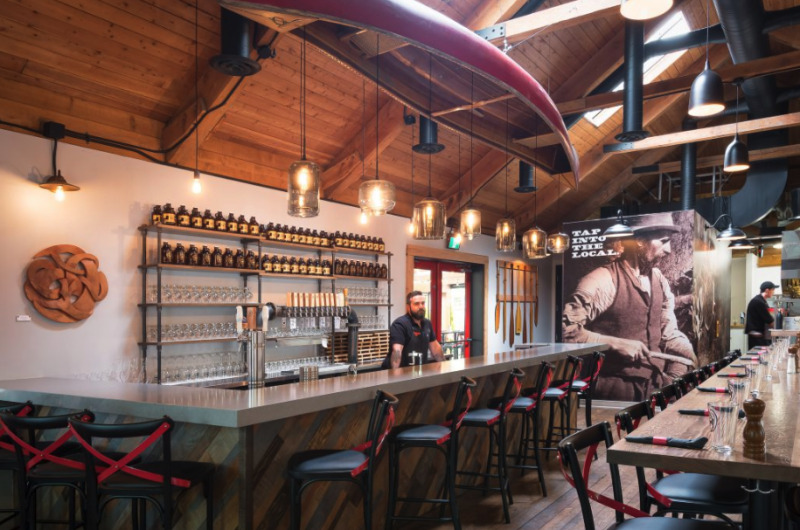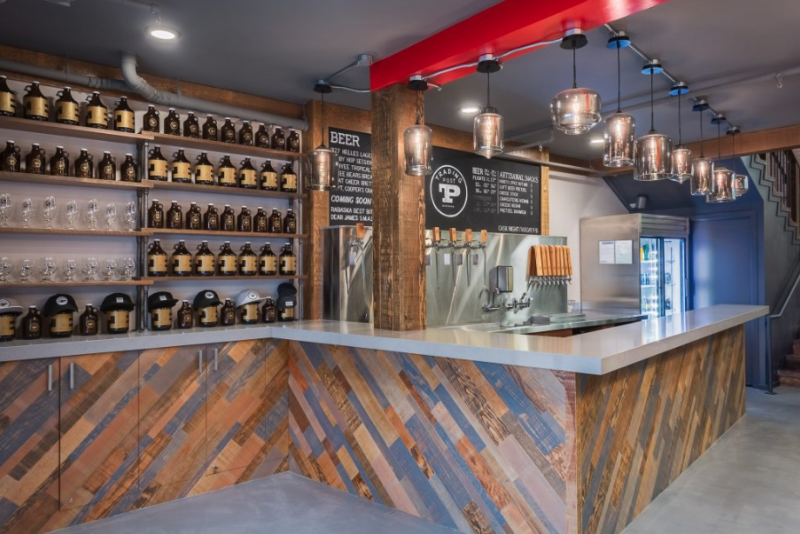The hottest construction trends for Home and Office
It’s no secret that home and office trends change with time. Those brass bathroom and accent finishings of your parents generation are no more. Our research team took a deep dive into construction trends, both residential and commercial to bring you what’s hot - and what’s not.
Home and Office General Trends of 2020
-
Location is still king. If it’s residential construction, you want close proximity to parks, schools, and restaurants. The quality of the school is key as well, and obviously neighborhood safety is paramount. For Office construction, you want accessibility, with over 91% of respondents indicating the importance of a workplace being close to transit hubs. Secondary among offices is the walkability to affordable dining/grocery shopping establishments.
-
Minimalistic & Modern. Both residential and commercial builders are producing more homes with clean lines, flat roofs, and incorporating modern materials such as metals, irons, and stone. In residential builds, we’re seeing less formal living and dining rooms, and offices are being built or renovated to be open concept, with both home/office having indoor/outdoor living flow trending upwards in popularity.
-
Feature walls/vibrant colours. Similar to Google’s office, who pioneered the trend years ago of bring, logo matching colors, we’re seeing an uptick in accent/feature walls in residential builds including vibrantly painted front entry doors. Offices are seeing a similar trend, with colors being linked to stress reduction and mood - which is highly relevant in the workplace where more employees report higher stress levels.
Integrated architecture, flow, and in house designs
Both construction and residential builds are seeing an uptick of fully integrated design and build companies. Contrary to a standard building contractor, who as the name implies is hired to build/execute a project, we’re seeing a growing trend of collaboration.
For example, in the office environments, a leading design and build company named Aura, is highly regarded as one of the industry leaders. With in house design staff and construction builders, the entire project is streamlined and collaborated from end to end. Our experts are seeing this leads to a more cohesive project, and is more unique to the clients interests, as all project parties work closely with the client, building out their vision into the final product.
On the residential side, we’re also seeing strong collaboration between interior designers, architects, and contractors. Often, small but important details set by the architect or interior designer can be overlooked by the contractor. This collaborative effort truly makes for a unique final product.
Surprising construction trends of 2020
Perhaps one of the most interesting trends we’re seeing is the prolific expansion of craft and micro breweries. These establishments, often making limited edition, small batch ales and spirits are often designed and constructed with the same uniqueness as the products they produce. Branding is incredibly important for these small businesses, who strive to stand out from the crowd in a competitive industry with minimal barriers of entry. Our featured microbrewery “trading post” is based in Vancouver, although craft breweries are quickly growing in San Francisco, Los Angeles, Portland, Colorado, and Toronto.
From the construction, you can the popular trend noted above of indoor/outdoor and west coast specific materials of reclaimed wood, and diagonal interlays.


The growth of design build in office and residential construction
As discussed above, design and build, which is defined as the collaborative effort of designing, building and project management is a quick growing trend in all types of construction. For construction companies and contractors to continue to produce unique, stand out properties for clients and home owners, we expect to see a steady increase in more design build projects, with estimates showing it will become standard practice by 2028.
Functionality and livability in Design Build projects
For design and build efforts, these construction efforts are much more popular in more progressive cities, such as the west coast of Canada and California. It’s not uncommon for design builds to produce “out there” products, with flash wallpaper, or even real bicycles featured on the walls.
As square footage per capita continues to decrease as a global trend, especially in high cost of living areas, we’re also seeing a driving demand for functionality and livability. Architects and designers need to make all spaces functional yet still comfortable at the same time. We’re seeing more space efficient features such as building hollows accessible for storage purposes, and more vertically integrated spaces (ie. floor to ceiling racking). We’re also seeing an increase in foldable and storable products such as beds and dining features. We’re also seeing an uptick in multi-purpose appliances, and furnishings, such as a bed that can transition into a desk by day, thus maximizing the usage of square footage.
On the office and commercial side, we’re seeing offices become smaller, more compact, and employee density increasing - albeit this is not a noticeable trend for employees as we enter the technology age, there is a less requirement for paper or file storage, thus alleviating the square footage required per employee.
We expect the above trends to continue into 2030, and look forward to reporting on the trends of residential and commercial office construction in the future.
More to Read:
Previous Posts:


